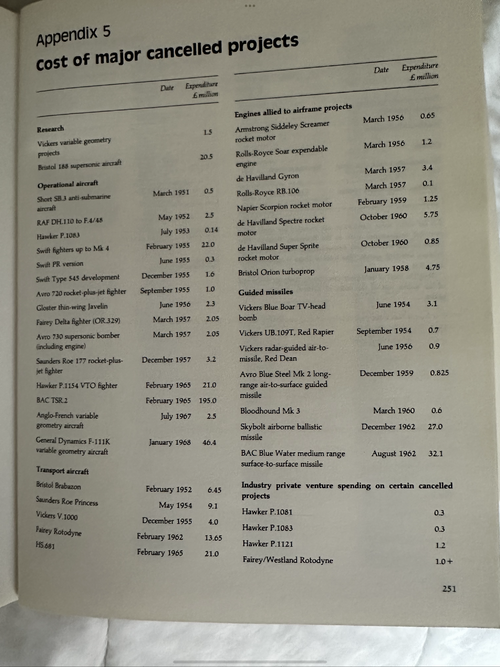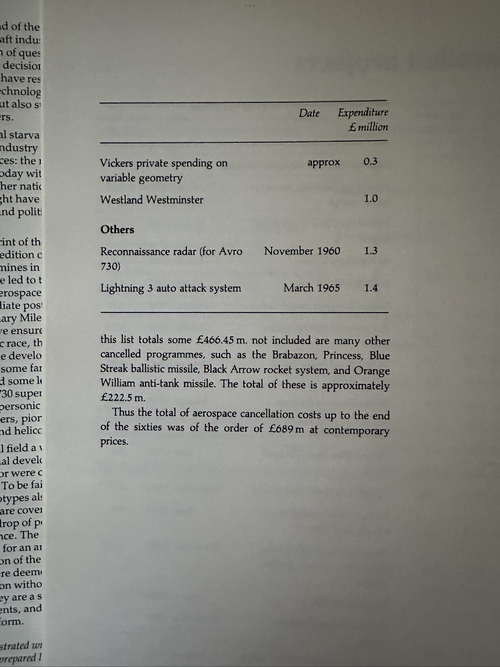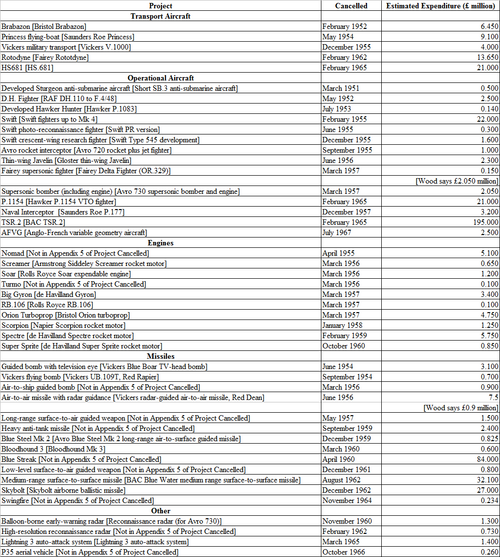And several disadvantages:
* Before 1960s, Britain could not even be sure that such large solid-fuel missile is possible.
* Britain have much less rocketry experience than France in 1950s.
* Royal Navy is not much interested.
I'd probably say the British solid rocketry was not THAT bad...
Skylark first flew in February 1957, it used the Raven motor, ground tested in August 1956, with its 1 ton propellant loading, ⌀0.45m and 1.5 MN.s of total impulse it was frankly larger than comparable French Plastic propellant rockets of the time, by early 1957 Bordeaux's solid propulsion plants were just starting to cast ~500kg; ⌀0.5m plastic engines; such engines would be first tested in the SEPR-732 booster (⌀0.56m 0.47t loading, 0.89 MN.s total Impulse "Vesuve-Block") of the SE-4400 ramjet missile prototype in May 1957 (also used on Masurca and late Matra R422) ; it'd take until 1958 to surpass the Raven in pure propellant loading mass on the ground.
Then the french lept forward, thanks to the funding and a well-directed national Missile program from 1959 onward, but it still took some years for the effects to show, the ⌀0.8m diameter Mammouth block, starting from development for the cancelled Casseur Tactical missile, was first ground tested 1960; first flight tested on the Nord NA801 motor of the VE110 Aigle in June 1961 (⌀0.8m; 1900kg loading; 3.420 MN.s of impulse). That's already starting to be good engines for a tactical missile, and the British weren't that far behind; Royal Ordnance Corp ground-fired a prottoype Stonechat in May 1961 (⌀0.91m), sadly there the lack of interest and funding shows, since it'd take until 1969 for this type of motor to fly in the Stonechat MKI (⌀0.91/3.85t Loading/8.46 MN impulse); a single ⌀1.37m motor was ground-tested at Westcott in June 1965.
And on the smaller end of solid propulsion, the Black Arrow's Waxwing kick stage had a similar mass ratio to the Diamant/Rubis P0.64 third stage (but half the propellant loading), albeit a few years late, also respectable.
Now I think that the French had better propellant by the late 50s, but it's not very important because they then, starting from 59, just reverse engineered those of Licence-Produced american Hawk missiles to make Isolane grains...
(J.Harlow '92/'98; P.Jung '92; J.Serra & P.Jung '05; P.O.Moor '92; C.N.Hill '11; P.Varnoteaux '16)
So clearly, to me, the British had the technical capabilities to not be too far behind and mostly execute a similar missile development plan as the French did on the propulsive side (given that the British had a clear advantage on the guidance side of things by the late 50s), of course, this depends on adequate and sustained funding and good organisation.
What I'd give to the French is that the rocketry development industry was more diverse and dynamic already before De Gaulle.
If you wanna know, by 1959 France has absolutely zero clue about Polaris and Minuteman solid fuel tech. To the point that bribing Boeing or force US government hand was seen as the only hope to get a viable deterrent past Mirage IVA IOC in 1964. Repeated queries and atempts were made even by De Gaulle - to no avail. It was though bargaining to get a 1958 like US-UK agreement, except for rockets.
When it all failed, France did it alone and by February 1966 was firing a first S112 10-ton solid-fuel rocket out of Biscarrosse missile test center. Took a few failures until 1968 and then it worked, by 1971-72 IOC was in sight for solid-fuel IRBMs and SLBMs (plateau d'Albion & Redoutable)
A lot of words to say that if british Skybolt and Polaris go to hell around 1962, 1972 IOC can still be done even starting from scratch. And V-bombers were far from done - Victor tankers lasted to 1991, so...
Compared to France UK has two aces uppon their sleeves
A) nuclear attack subs as a template for boomers (France did it the other way around, Rubis after Redoutables)
B) the 1958 agreement for warheads
Admiral Rickover's famous (for nuclear submarines) "The French will certainly never do anything with enriched Uranium" (which purpotedly enabled the American transfer of Enriched uranium in 1959) and "The French will never have a credible deterence force".
The development of the FdF was spectacular, but the recent history, and historiography indeed eclipses just how much was still in flux around 1957-1960;
looking at late 4th and even early 5th Republic (first 1-2 years of de Gaulle) documents and studies, showing that yes, large collaboration with the US on the strategic arsenal like the British would do was seriously considered and discussed, it's unbelievable now.
For missiles, French Polaris and Thor had preliminary accords... And as late as 1960 SAGEM was in official cooperation with Kearfott for long range missile inertial guidance development.





